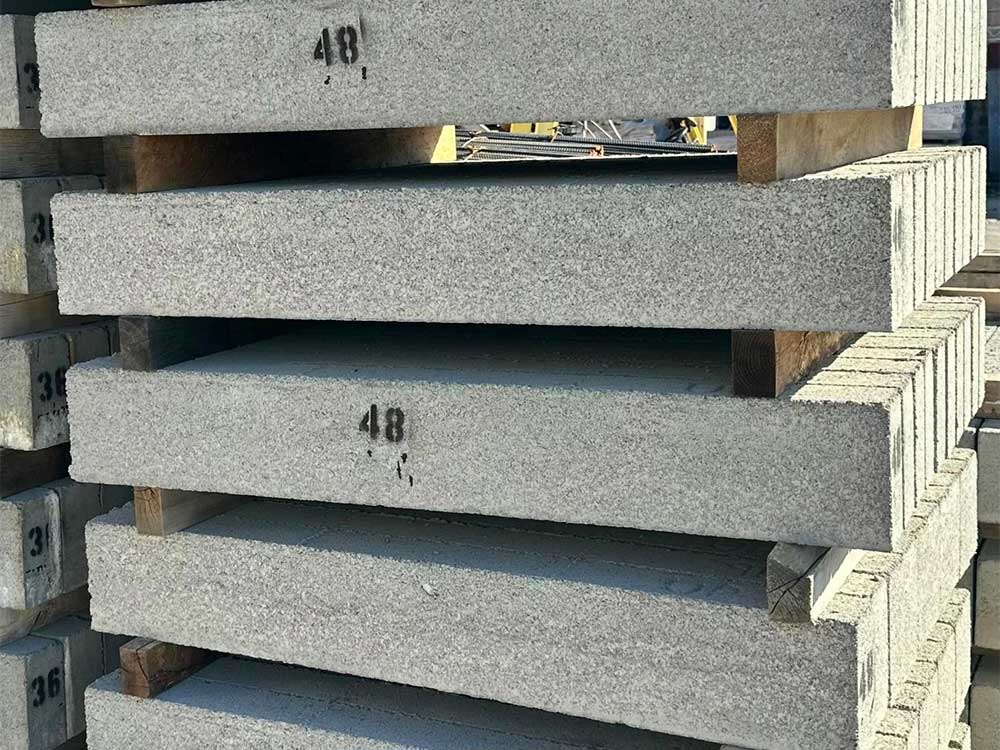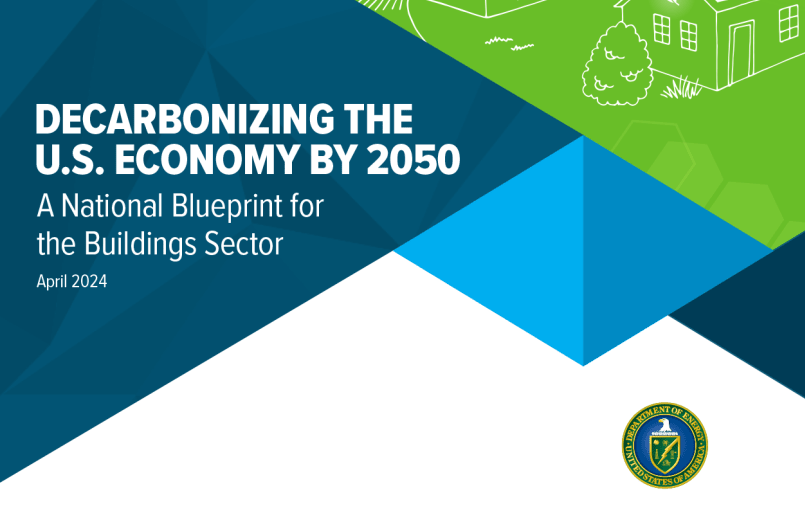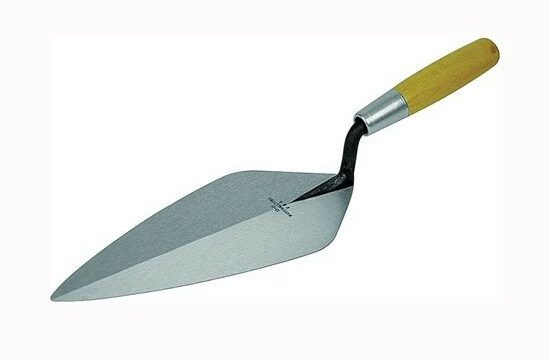What To Know About Masonry Veneer
Masonry veneer is a popular choice for adding a classic and durable finish to buildings without the weight and cost of full masonry construction. This technique involves applying a thin layer of masonry to the exterior of a structure, providing the appearance of solid brick or stone. In our experience, masonry veneer is a versatile and cost-effective solution for enhancing the aesthetic appeal of homes and buildings. In this guide, we will explore the key aspects of masonry veneer-related products, including their benefits, types, installation process, and maintenance tips.
The Benefits of Masonry Veneer
Presenting a host of benefits, masonry veneer is a favored choice for both residential and commercial structures. Its primary advantage is its lightweight composition, which significantly reduces the structural load compared to conventional masonry. This reduction can result in notable savings on both materials and labor costs. Furthermore, masonry veneer offers superior insulation properties, enhancing a building’s energy efficiency by stabilizing internal temperatures.
Additionally, the extensive variety of design possibilities it offers is a substantial benefit. Available in an assortment of styles, colors, and textures, masonry veneer allows for thorough customization to complement any architectural aesthetic. This versatility ensures that it can meet a wide range of design preferences and requirements.
Types of Masonry Veneer
There are a variety of masonry veneer types available, each offering distinctive qualities and advantages. Among the most prevalent is brick veneer, known for its classic traditional brick appearance. Crafted from thin brick slices, brick veneer can be affixed to diverse substrates, providing the aesthetic of classic brick with reduced weight and cost.
Stone veneer also stands out as a highly favored option, which comes in both natural and synthetic forms. Natural stone veneer, sourced directly from quarried stone, delivers an authentic texture and appearance. Conversely, manufactured stone veneer, produced from concrete, is engineered to replicate the look of natural stone.
Additionally, cultured stone veneer represents a particular category of manufactured stone, made using a blend of concrete, aggregates, and iron oxide pigments designed to imitate the natural aesthetics of stone. (See El Dorado Stone)
Installing Masonry Veneer
The installation of masonry veneer is a straightforward process, but it requires careful planning and execution to ensure a durable and attractive finish. First, the substrate must be prepared, typically by applying a moisture barrier and a metal lath to provide a stable base for the veneer. Mortar is then applied to the lath, and the veneer pieces are pressed into place, starting from the bottom and working upward.
It’s essential to ensure that each piece is properly aligned and spaced to achieve a uniform appearance. Grouting the joints between the veneer pieces helps to secure them in place and enhances the overall aesthetic.
Maintenance and Care for Masonry Veneer
Maintaining masonry veneer is relatively simple and helps to preserve its appearance and longevity. Regular cleaning with a soft brush and mild detergent can remove dirt and prevent staining. It’s also important to inspect the veneer periodically for any signs of damage, such as cracks or loose pieces, and repair them promptly to prevent further issues.
Masonry veneer is an excellent choice for adding beauty and value to buildings. With its variety of options, ease of installation, and low maintenance requirements, it is a practical and appealing solution for many construction and renovation projects.

VP of Stone DivisionJonathan Valencia
Latest News
4 Features That Makes Masonry Supply Company Stand Out
A masonry supply company plays a crucial role in the success of construction projects, providing essential materials and expertise to […]

Choosing The Right Size Lintel For Your Project
Determining the correct size of a lintel is critical for the stability and longevity of your construction project. A lintel […]

Data Misses on Embodied Carbon
There is significant urgency to avoid, reduce, or even reverse the emissions of greenhouse gases (CO2e) to avoid the worst […]

4 Masonry Tools You Should Have At Home
Effective and efficient masonry work, whether for repairs or new projects, requires the right tools. At home, having a basic […]
